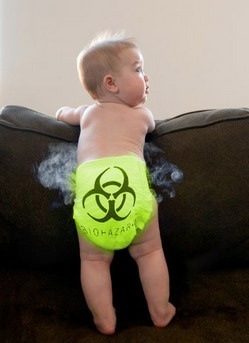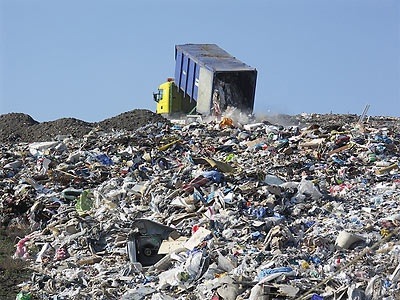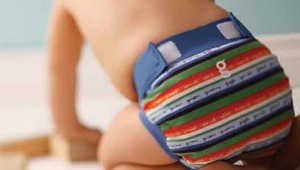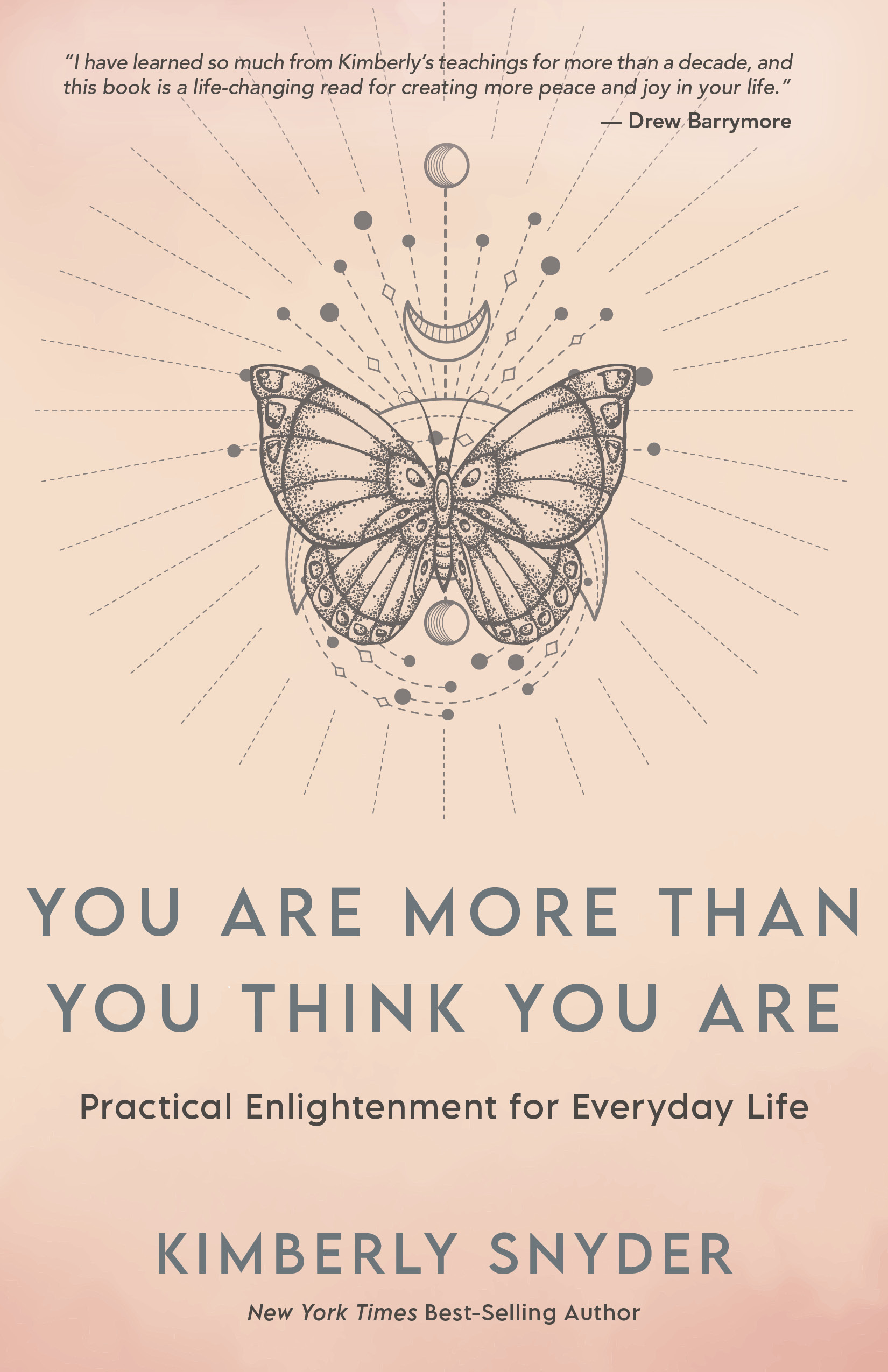
A good deal of my clients have babies now, which has gotten me thinking about the subject of diapers. I know every parent wants to do everything they can to ensure the health and wellbeing of their children, which is why I feel it is so important to share this information with you. Many new parents choose disposable diapers, never realizing the toxic threat they pose to their babies.
What’s in Disposable Diapers Anyway?
Most babies wear diapers nearly 24 hours a day, and those diapers are in constant contact with both skin and mucus membranes. This means that any chemicals in diapers are likely to wind up in your baby’s system if he or she wears disposable diapers. Many parents are surprised to learn the amount of chemicals in disposable diapers that can wind up in your child’s system.
1. Dioxins – Many baby diapers are bleached with chlorine, resulting in remaining traces of dioxins. According to the World Health Organization, dioxins are “persistent environmental pollutants” that can cause an array of health problems including developmental delays, damaged immunity, hormone interference, and certain cancers. Even if dioxins don’t wind up in the diapers after bleaching, they do wind up in the water and thus, the food supply, creating an environmental health problem from the manufacture of diapers.
2. Volatile Organic Compounds (VOCs) – Many disposable diapers release VOCs such as ethylbenzene, toluene, and xylene. According to the EPA, some VOCs are carcinogens. Others can cause neurological problems, eye irritation, and decreased immunity.
3. Sodium Polyacrylate (SAP) – The absorbent center in disposable diapers is made from SAP. Once used in tampons, SAP was responsible for the cases of Toxic Shock Syndrome associated with the products. SAP also irritates skin, can cause staph infections, and may be related to other health problems, as well.
Diapers and the Environment

More Natural Alternatives
With so many issues surrounding conventional disposable diapers, what’s a parent to do? Here are some great alternatives.
1. Cloth Diapers: 
2. Diaper Service: Disposable diapers are quite expensive. In fact, the Real Diaper Industry Association estimates single use disposable diapers costs more than twice what a diaper service will cost. Diaper services deliver clean cloth diapers weekly or monthly, removing used diapers and cleaning them for redelivery. Diaper services are a great way to provide a baby with environmentally friendly cloth diapers with minimal work for mom and dad.
3. 
4. Flushable diaper liners: Parents can also purchase soft, flushable diaper liners to line cloth diapers, making clean up much easier. When the baby soils the diaper, remove the liner and flush it down the toilet.
5. Chlorine-free disposable diapers: Sometimes parents do need to use disposable diapers. While this should only be a sometimes option instead of every day use, there are environmentally friendly, biodegradable, chlorine free diapers. Brands to try include Bambo, Nature Babycare, and Tushies.


I have been using cloth diapers on my daughter since she was 8 weeks old. She’s 20 months now and we love the savings to our wallet and her booty :-)
Wonderful Jessica!
Hi Kimberly!,
Thank you for this informative post. Have you explored “Elimination Communication” at all? Though I am aware of many in Attachment Parenting circles exploring this, I have yet to read an article or review of the subject by more of a mainstream voice. That also seems like an interesting framework for removing toxic substances (including the baby’s own eliminations) from the baby’s skin.
Thanks,
Kaitlin
Yes seems very interesting! I just checked it out online, thanks for sharing it.
I would like to add that disposable diapers cause diaper rash. I diapered my first child in disposables and poor thing was always in rash pain. Then the next three kids were diapered in cloth and the skin on their tush was the same as their face. Never marred by rashes.
Wow that is good to know. Thank you Miriam for sharing that!
Great article!! Will use this for future reference! Susan
Very important information
Hi Kim!
Thank you for the article. What is your opinion on PUL used as the outer, waterproof element in modern cloth nappies?
Thank you for your time!
I am preparing to cloth diaper with my soon-to-be born daughter. Wool appears to breath better compared to PUL but they both have positive aspects to it. For nighttime use and even around the house- wool will be the go-to diapers. Whereas- out and about and for under clothes, the PUL will be the best as its trimmer, can handle 4-5 diaper changes and can be washed out quickly if a mess occurs. Wool would need to be completely lanolized if messed.
Diappers -particulary these disposaable close tights – keep the bottom part cut off from the outer environment and heat build up. Does it not affect the helath of the baby in general and especially the neural system from the bottom end of the spine.
What about the potency of the baby in case of baby boys?
I’m so glad to see this post – I’ve 2 children 12 years apart (lol) and I used terry nappies on my daughter 12 years ago, and used Bio-baba hemp nappies on my son who is now 2years old.
All my friends thought I was mad 12 years ago using terry nappies & even madder now using hemp nappies – I myself are very pleased with myself for using these wonderful alternative to disposables for both health reasons for my kids & green reasons for our environment !!
Long may the re-usable nappies live !!
thanks so much for the shared information. i first read it from the newspaper and thought it was a propaganda.
i am very happy to read such a valuable information for my infant .But i have some more questions regarding
diapers , and question is …which kind of diaper i can use for my infant during night time. And if i use diaper and changes it time to time for example i will changes diaper in between 3-3 hr. so its good for my child or i can say not harmful for my baby……………….
please help me to solve my query regarding diaper.
it is a bunch of proaganda!!!!!
I have been using nappies for the last 2 and half years but now have changed to diapers which i found working negatively on my daughter i.e heat rush which are very painful.
wow… iv babysat for my nieces and nephews. now iknw that ishould think about this more.. and how ican help the environment as well. iv use this as my reference. im writing a paper… and let me tell u.. its helped alot!
THANKXX!:)
Diapers are made of cloth or synthetic disposable materials. Cloth diapers are composed of layers of fabric such as cotton, hemp, bamboo or microfiber and can be washed and reused multiple times. Disposable diapers contain absorbent chemicals and are thrown away after use. Plastic pants can be worn over diapers to avoid leaks, but with modern cloth diapers, this is no longer necessary.;^
its a bunch aproangad.
Why would a diaper company make a potentially toxic product for babies to wear? Sounds like propaganda.
hi since few days iam noticing small spongywhite crystals on my babies genital areas after removal of diaper ! can u people give suggestion what is it why it is happening like that iam using diapers for my baby since his birth daily please give me ur opinions
The white crystals are the gel uswd inside the pampes to absorb baby urine and feces.if u put on the diaper for a long time and the diaper gets soggy then you can see these crystal like things on their lil bum and genitals.do not put on diapers till thwy are too soggy and wash and dry their genitals at every diaper change
now he is ten months old
Great post! Cloth is the only way to go in this modern age, in my opinion. We need to do all we can to help the planet and reducing landfill is so important, don’t you think? Thanks Kimberly :) Marion
I think diaper are making more harm to the children as they have stopped sensing that they need to go for toilet. I have seen even 3-4 years child now needs diaper and never inform for the use of normal toilet to his/er parents. We are loosing the effects of god’s given sensors for natural calls.
Diaper rash problem is normal in children. use ecological diapers for children. We provide potential solution for rashes problem in children. use natural diapers that will not hurt children sensitive skin. for more info visit us at online.
Thank you! This cleared up some confusion for me.
Hi
You really nice that noted a time befitting issue. The disposable diapers are totally environment hazardous. Another thing it’s the cause of irritating rash that appear onto the bottom of the baby. On the other hand cloth diaper is quite environment friendly and suitably produced for babies.
Thanks for your great post.
Hi,
I
work for a company which has taken this issue seriously and we
manufacture the most biodegradable (degrades in four years instead of
400-500!) and chemical-free diaper in the world – no chlorine bleaching
or dioxins for example. We complement this with a completely natural
range of chemical-free baby toiletries, wipes and diaper sacks. Almsot
all customers claim that their babies are 100% diaper-rash free as a
result.
Currently we’re only available in Europe but will be in the US in the next 2-3 years.
We’re doing our bit for baby health and safety and the enviroment!
I enjoyed the information shared here. in my science class we are studying the function and absorbity levels of diapers and i found out a lot of dangerous reasons why everyone should switch to cloth diapers. Thanks for the great information.
Thanks for checking out this blog post Aaron, and for your feedback. It’s always great to hear what helps my followers. Sending lots of love! ;)
I am so happy for this great information on diapers. I am in Uganda, a mother of three, but i always use nappies and their liners and once in a while i use diapers like going out of home. Bravo! thanks for caring for the future of these littleones. Blessings!
Thanks so much Namukwaya Olivia…Sending you lots of love and support! ;)